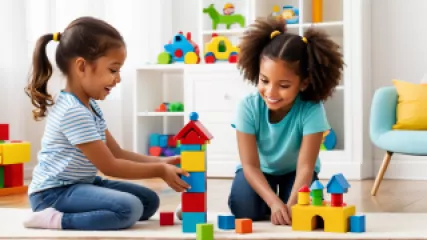Top 10 Emotional Abuse Support Groups for Healing
1 year ago
Healing from Emotional Abuse
Expert Insights: Healing Guilt Through Self-Reflection
1 year ago
Resolving Guilt
Top 10 Social Skills Training Techniques for Professionals
1 year ago
Social Skills Training
Conquering Judgment Fear: A Practical Guide
1 year ago
Overcoming Judgment Fear
Exploring Your True Self: A Step-by-Step Guide
1 year ago
Discovering Self Identity
The Unexpected Benefits of Trying New Stress Relief Activities
1 year ago
Stress Relief Activities
Understanding Social Comparison Theory: A Step-by-Step Guide
1 year ago
Social Comparison Theory
Finding Harmony: My Work-Life Balance Journey
1 year ago
Work Life Balance
Learning from Fiction: Suicide Prevention Insights from Books and Movies
1 year ago
Suicide Prevention
Expert Insights: Managing Work-Related Stress Through Therapy
1 year ago
Mental Wellness
Effective Strategies for Sibling Harmony
1 year ago
Sibling Rivalry Solutions
Mastering Attention Boosting Techniques: The Ultimate Guide
1 year ago
Enhancing Concentration
Strengthening the Mind-Body Connection in Eating
1 year ago
Psychology of Eating
Effective Strategies for Virtual Conflict Resolution Therapy
1 year ago
Navigating Relationship Conflicts
Top 10 Reasons Why Personal Space is Important
1 year ago
Personal Space Importance














